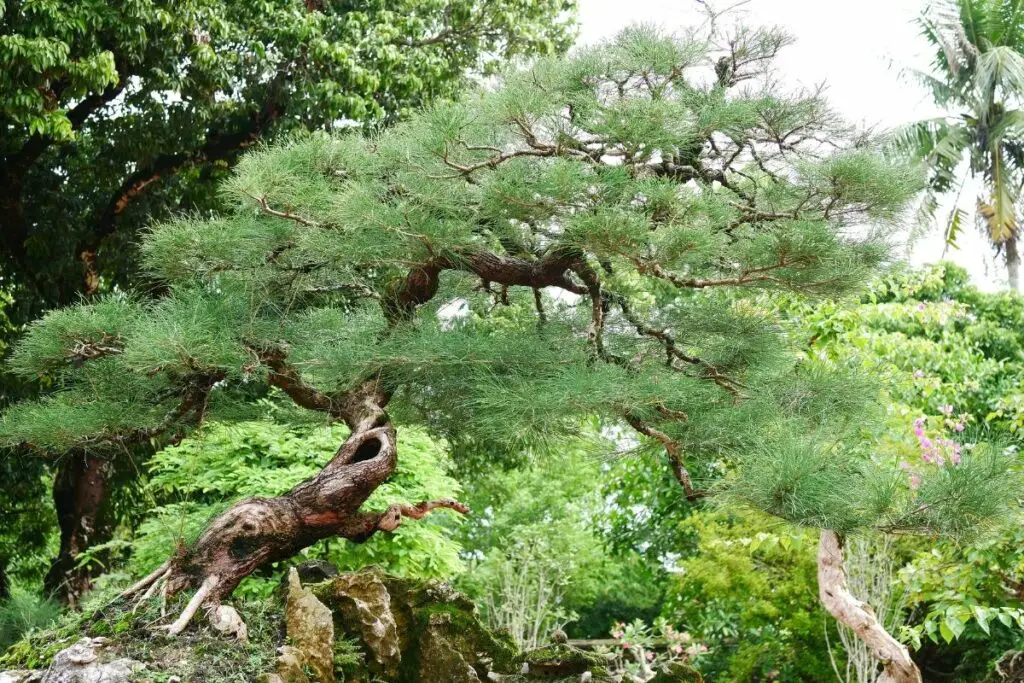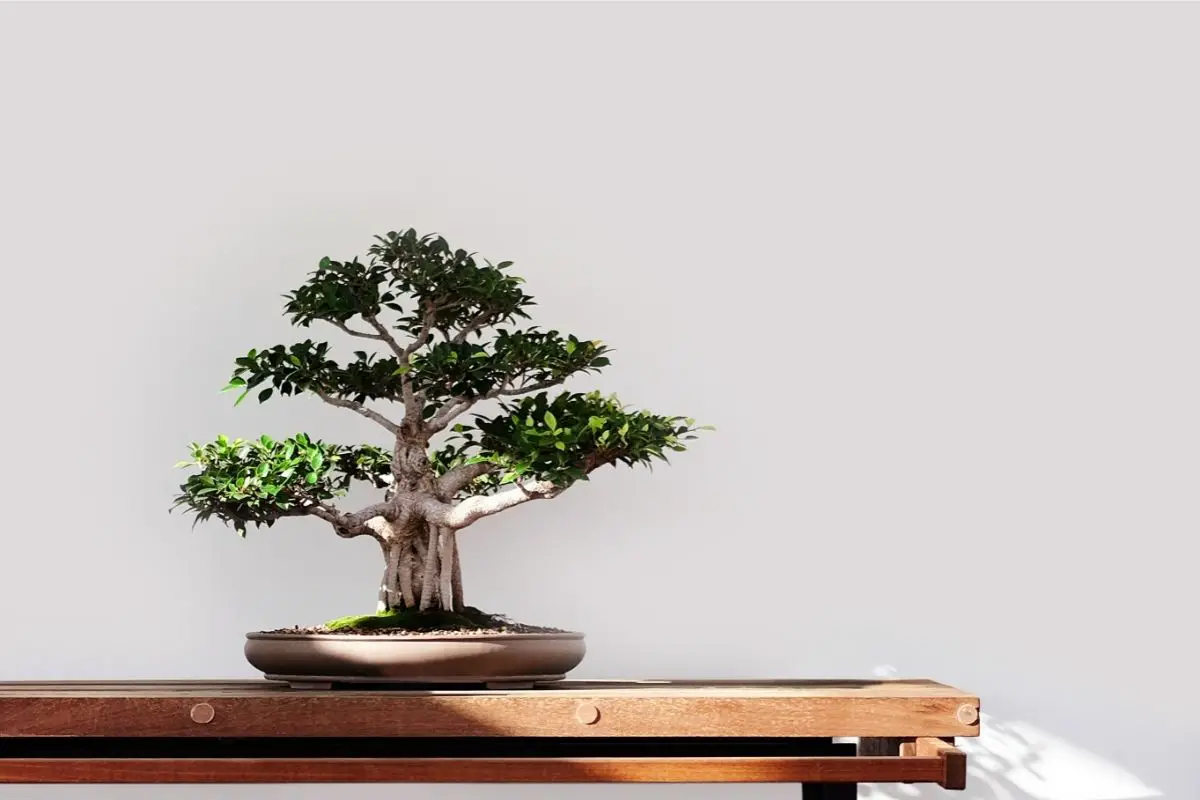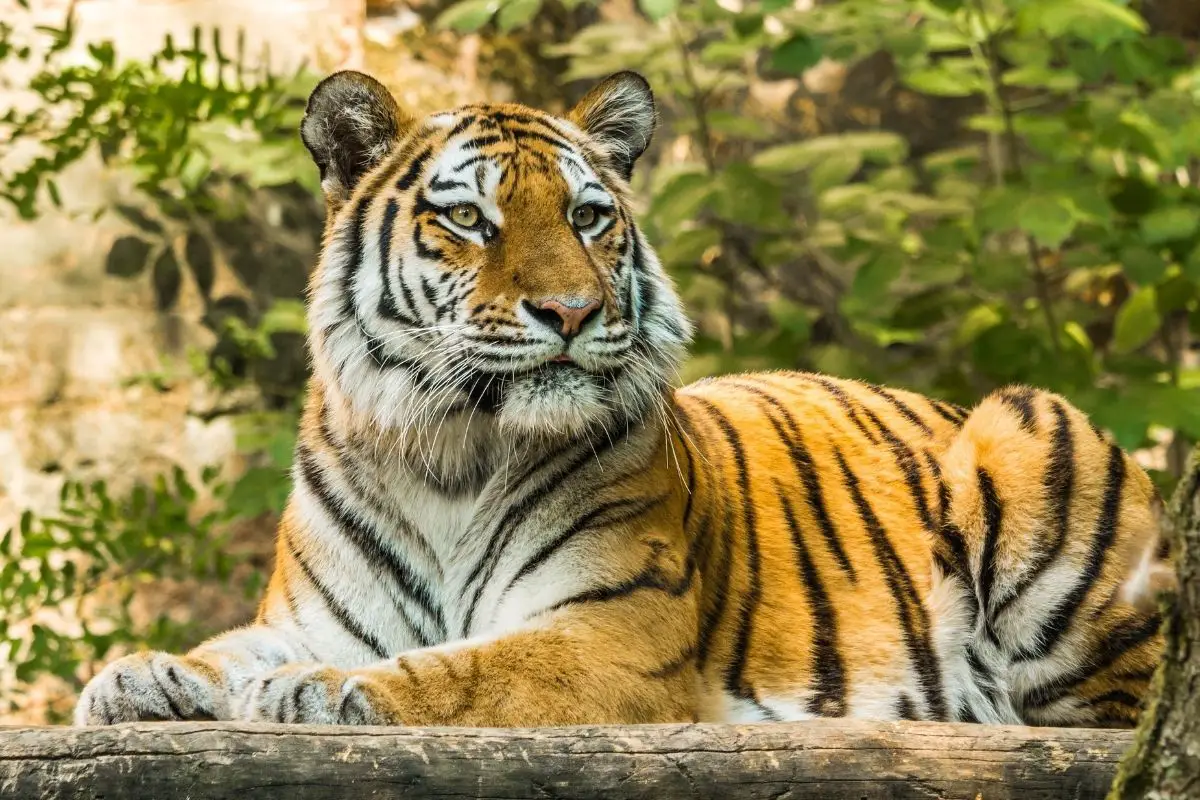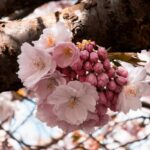Bonsai trees are one of the most notable parts of Japanese culture, and there are indoor bonsai, as well as outdoor bonsai trees.
Bonsai trees are generally rather small, but depending on the type of variety, they may be a lot bigger or smaller.
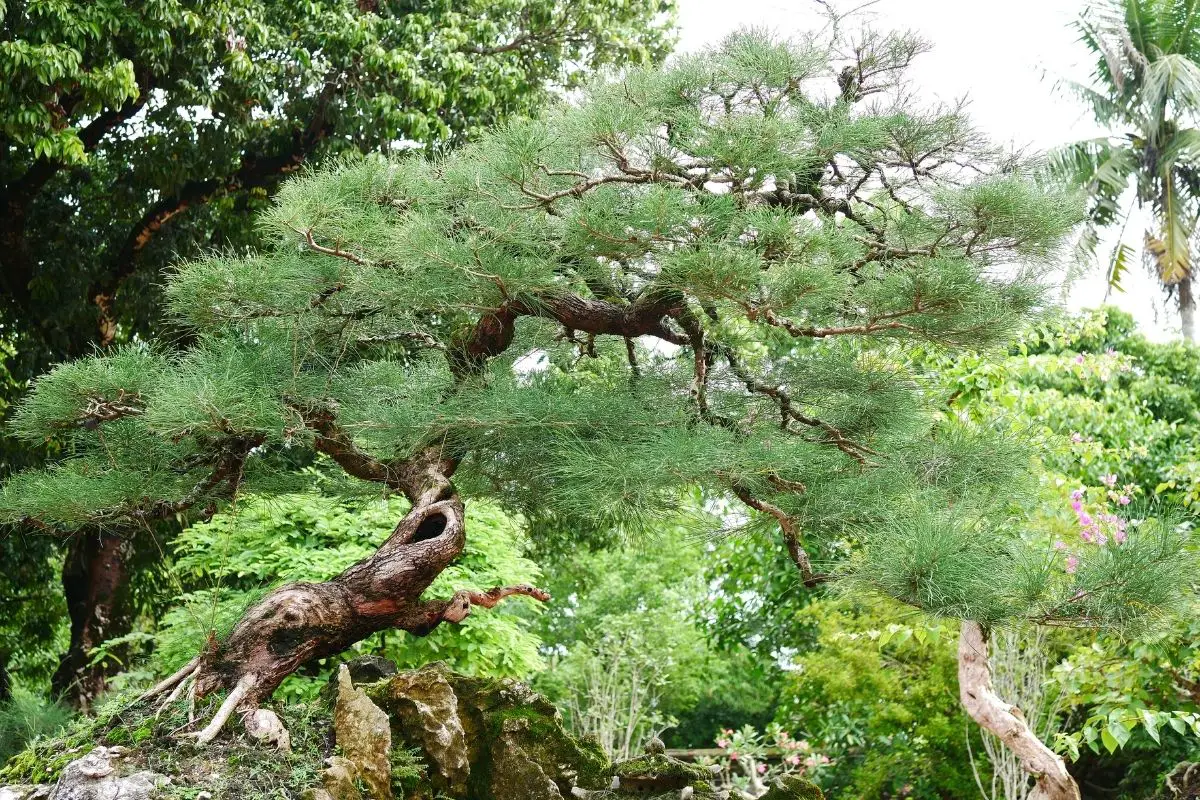
In this article, we will tell you about the different kinds of bonsai trees, and how big they tend to be.
Where Do Bonsai Trees Come From?
Bonsai trees were first recognized in artwork in China, over one thousand years ago.
The art of growing bonsai trees was found in the Chinese Empire, but the Japanese replicated it in the Kamakura period. Bonsai trees were cultivated in trays, and grown in elegant natural shapes.
Bonsai is now known as part of Japanese culture more than Chinese culture. Due to Japan’s adoption of it in the Kamakura period, bonsai has been primarily developed by Japanese culture, and they have become a trademark of their culture.
Why Are They Named Bonsai Trees?
Bonsai is the Japanese word for the term ‘tree in a pot’, which is essentially what a bonsai tree is. The original word originates from the Chinese word ‘pun-sai’, which means landscape or decorative scenery.
How Many Varieties Of Bonsai Are There?
It is unclear exactly how many varieties of bonsai there are. It is thought that there are thousands of bonsai, up to ten thousand of the actual species.
Bonsai trees have been cultivated for hundreds of years. There are thousands of azalea species, which make up a large proportion of bonsai trees.
The most popular type of bonsai is the juniper bonsai tree. It is incredibly popular amongst those who have not grown bonsai before.
Some of the most popular and common types of bonsai are the ficus, dwarf Jade, fukien tea, azalea, snow rose, bougainvillea, olive, sweet plum, money tree, and cotoneaster.
Juniper is thought to be the most popular, as well as the Japanese red pine and the black pine, the brush cherry bonsai, and the jade.
How Much Are Bonsai Trees?
The price of bonsai trees varies from country to country. Old bonsai trees have been known to be really expensive, but new bonsai trees are a lot cheaper. Bonsai seeds are relatively cheap, too.
A bonsai tree that is four hundred years old would have had over six generations worth of people caring for it, and it would have been their pride and joy.
These have unbelievably been known to have sold for almost half a million dollars.
Additionally, large and spectacular bonsai trees have been known to sell for $90,000, and they are around four feet tall.
Smaller and more common bonsai trees usually cost around $50/$60, and you can buy them at most garden centers.
How Big Can A Bonsai Tree Get?
Bonsai trees can grow in all shapes and sizes. There have been cases where fully grown and developed bonsai trees may only be six inches, but other fully-grown trees may be three to four feet tall. It completely depends on the variety of bonsai.
Bonsai trees that are worth a lot of money have been known to be around three to four foot big, and over four hundred years old. The average bonsai tree often grows to be a foot tall, but often slightly smaller or larger.
What Are The Styles Of Bonsai?
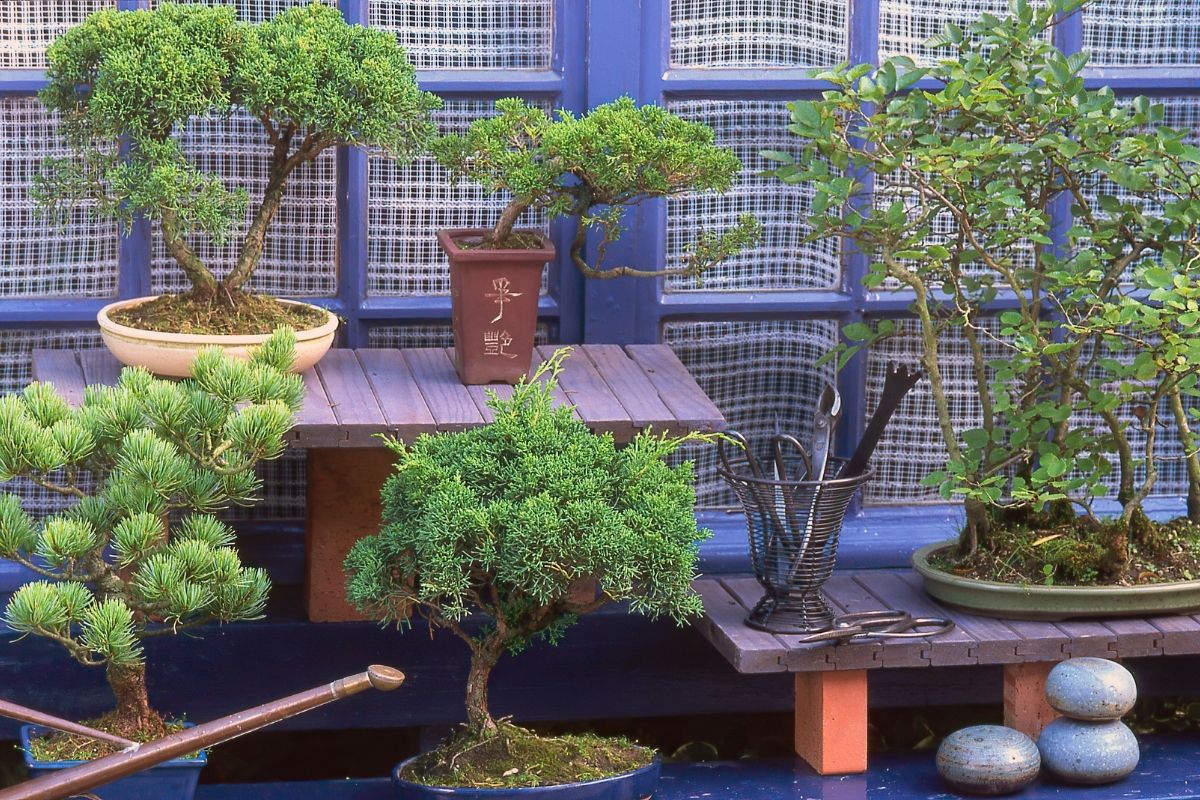
Within Japanese tradition, bonsai tree styles are important. There are four different types of bonsai styles, and these create an aesthetic.
There is the formal-upright bonsai that is recognized by its upright trunk and straightness. Its branches are thick at the bottom, and fine at the top.
The slant bonsai tree has a straight trunk, similar to the formal-upright bonsai. The slant trunk emerges from the soil at a particular angle, and the whole tree leans to one side slightly.
The informal upright bonsai incorporates visible curves in the trunk and branches, but the apex of this type of bonsai is above the trunk’s entry into the soil line. It is not as straight as the formal-upright style bonsai.
The cascade style bonsai is the final type of bonsai style. This type is replicated from other types of trees that may grow over water, with a drooping and cascading appearance.
These trees sometimes grow down the side of mountains. The cascade bonsai style quite literally cascades, with the tip of the tree extending as low as the tip of the pot that it is in. It points downwards.
What Is The Fastest Growing Bonsai Tree?
The fastest growing bonsai tree is known to be the weeping willow tree. This type of bonsai is recognizable, and it can grow fast as a tree in the ground, and can be grown in a matter of months.
How Can You Tell the Age Of A Bonsai Tree?
With normal trees, you can cut it down to find out how old it is by counting the rings. This is not the case for bonsai trees.
The age of bonsai trees can only be learned by doing some math. You need to work out the diameter multiplied by the growth factor. This will tell you roughly how old your bonsai is.
Are Bonsai Trees Illegal?
Bonsai trees are not illegal, and it is certainly not illegal to buy and grow bonsai trees. However, it is illegal in the US to transport bonsai from other countries. This is because of potential pests and diseases that the tree may carry from a foreign country.
How Long Does A Bonsai Live For?
A bonsai tree will live for over one hundred years if you look after it well. It has been known for some bonsai trees to be hundreds of years old, and even one thousand.
If you care for your bonsai tree, it will live at least fifty years, if not a hundred.
Final Thoughts
In this article, we spoke about the different types of bonsai trees, and some facts about bonsai.
Bonsai trees can live for hundreds of years, and at their most can be four foot tall. Bonsai trees are worth a lot of money when they are bigger and well-cared for.

